Air India Plane Crash in Kerala | Air Crash Investigation of Air India Express Crash
by user · December 16, 2022
INTRODUCTION OF AIR INDIA EXPRESS

The passengers of Air India Express Flight were relieved when the plane finally touched down at Calicut airport’s runway after a bumpy flight on a stormy night. Everyone thought that they had reached their destination safely. But the plane didn’t stop and kept running towards the end of the runway. And then the unfortunate accident happened that no one could have imagined.
Case Study Of Air India Express
7 August 2020 United Arab Emirates Dubai Airport, Air India Express flight number 1344 was preparing for its international flight to Calicut Airport in Kerala, India.
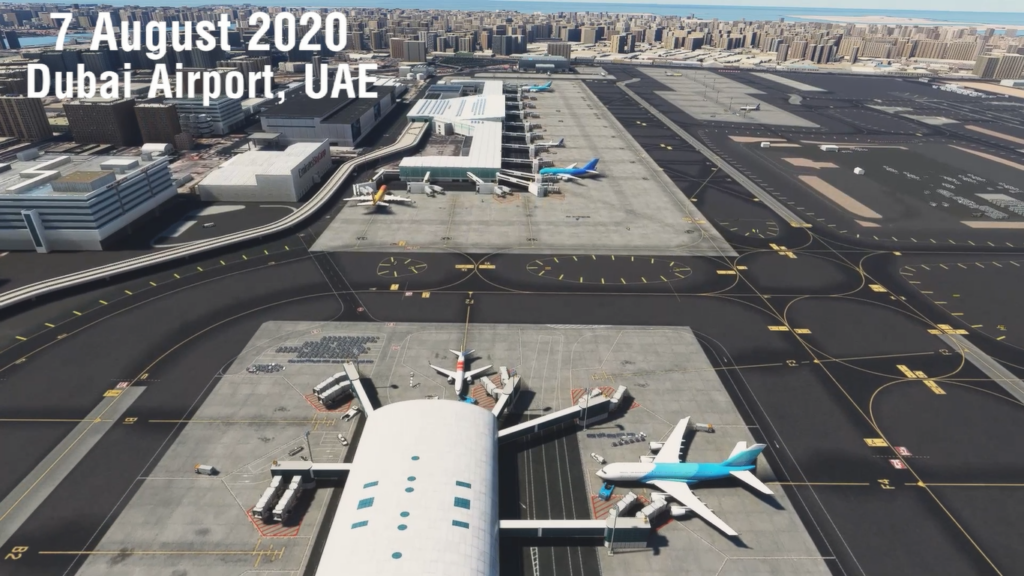
This flight was part of the Vande Bharat Mission run by the Government of India, whose purpose was to bring back the Indians who were stranded abroad during the covid epidemic. In those days, under the Vande Bharat Mission, the Government of India had done an indomitable task of evacuating its citizens from many countries, which was appreciated in India and abroad as well.
This airplane of Boeing 737-800 series was registered as VT-AXH with serial number 36323 and line number 2108. About 13 years 9 months old this plane was given to Air India in November 2006. On that day, the flight was carrying 184 passengers along with 6 crew members.
The flight was led by 59-year-old Captain D V Sathe, who had served as a test pilot in the Indian Air Force before joining Air India Express. Captain D V Sathe had an efficient flight experience of 10848 hours, out of which 4612 hours of experience was flying a similar Boeing 737-800 plane
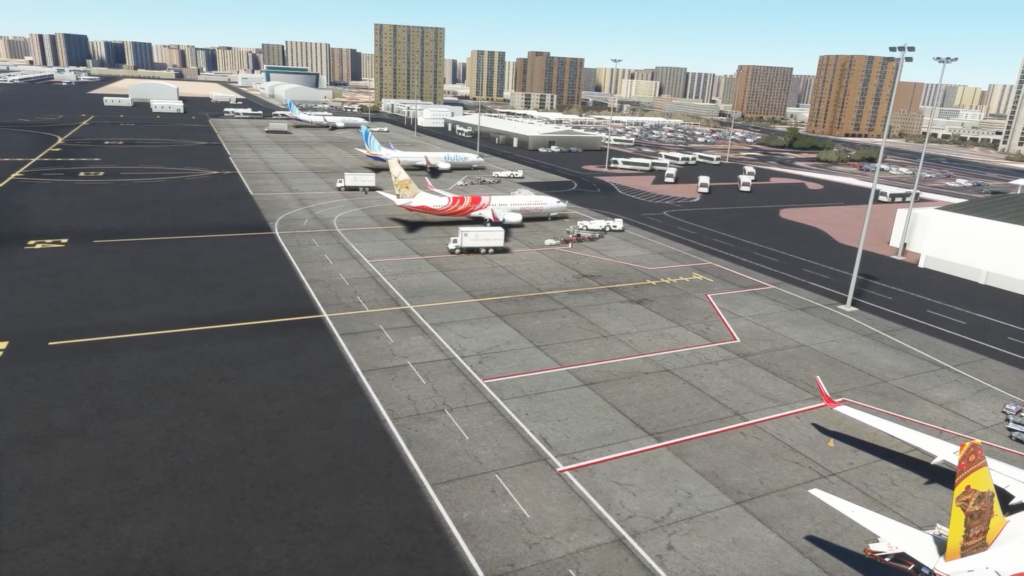
Even before this flight, Captain D V Sathe had made 27 successful landings at Calicut Airport due to which he had a good experience of the situation and landing conditions of the airport. He was accompanied in the flight by 32-year-old co-pilot first officer Akhilesh Kumar, who had flight experience of 1989 hours. Out of which the experience of 1723 hours was to fly a similar Boeing 737-800 plane.
While preparing for the flight, through the weather reports, the pilots come to know that there is a possibility of rain along with some strong winds in their today’s flight path, keeping in mind that the captain puts enough extra fuel in the plane, so that Due to bad weather at Calicut airport, if he had to go for landing at another airport, he could easily go. The plane started its rolloff process at around 2.05 pm, The flight reached the runway via taxiway and after receiving clearance from the ATC tower.
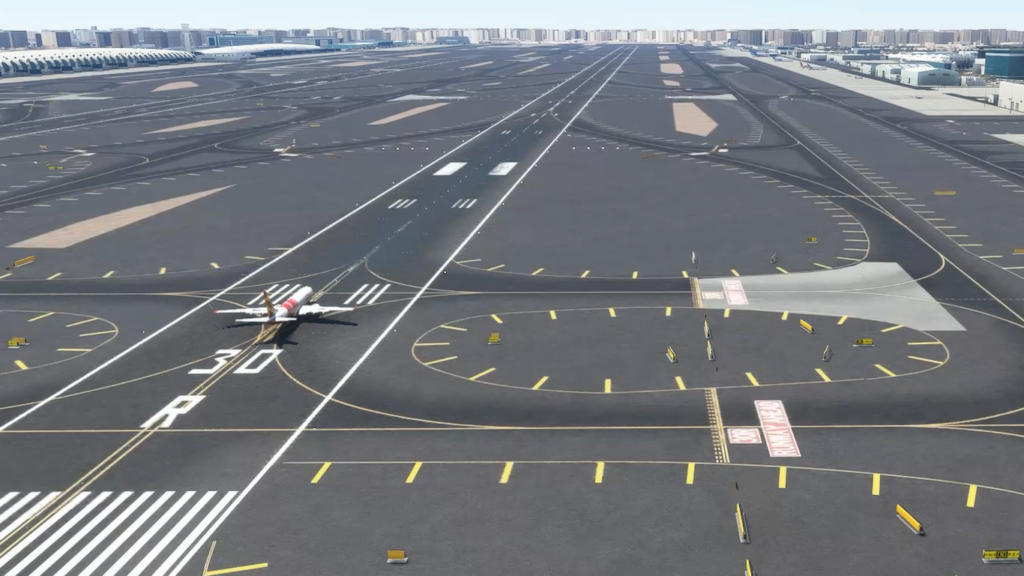
Air India Express flight number 1344 took off from Dubai airport at around 2:15 pm, Apart from some light turbulence, the flight followed its route in a normal manner and proceeded towards Calicut Airport. According to its scheduled flight route, it was to reach Calicut airport at 7.40 pm. Before proceeding further in our case study, we have to understand a little about Calicut Airport which is very important to understand the reasons for this accident better.
Calicut Airport of Kerala is a table top airport built on top of a high hill with deep moat on both sides. Being a table top airport, the runway and safety area of the airport is also a lot of work. The runway and safety area is that extra area on either side of the runway which is made so that if a plane is not able to stop before the completion of the runway for some reason, then it can use this extra space to stop.
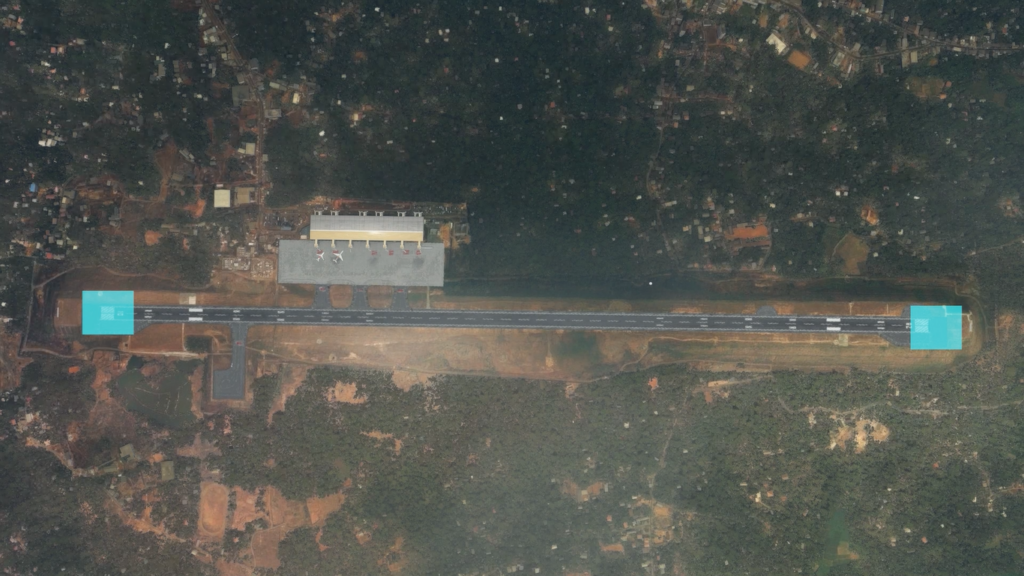
Unfortunately that day the safety and centre lights of the runway were also not working properly, using which the pilots land in the dark of night with a good view and understanding of the runway. Due to its geographical location, landing and taking off the flight at this airport is a very challenging task in itself, due to which the pilots need to be very careful while landing here. That’s why Air India Express put Calicut airport in category C where only the captain of the flight was allowed to land.
Coming back to our case study, Air India Express flight starts its descend process around 6:40 pm. Due to the monsoon season in Kerala, strong winds were also going on that day along with rain and clouds, due to which the pilots were repeatedly talking to the ATC control tower and asking about the weather so that they could land the plane by avoiding the dense clouds and storm.
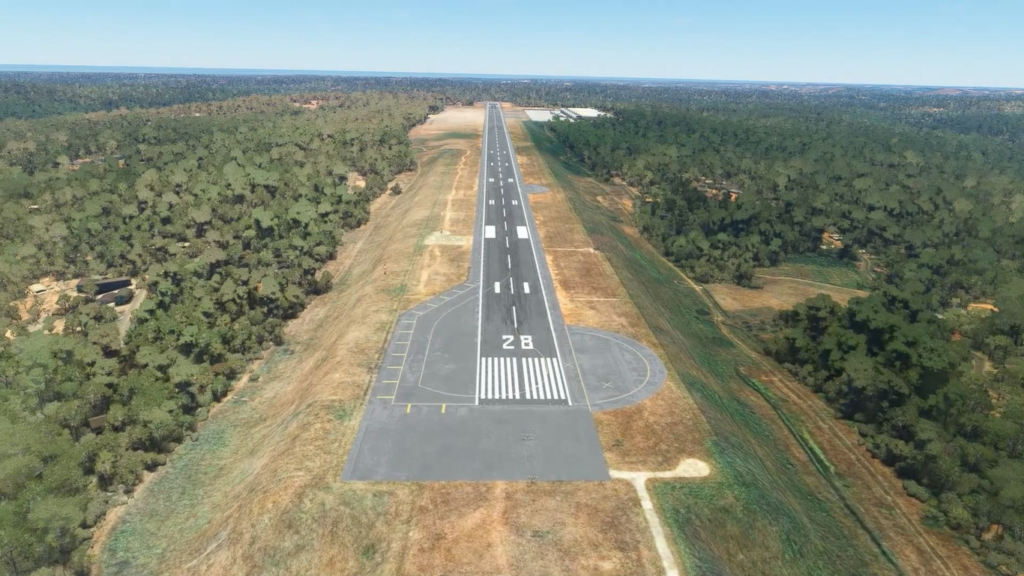
It is also worth noting here that in this bad weather, the pilots were very busy due to continuous weather information from the ATC tower, due to which it was becoming very difficult to pay attention to the technical details of the landing process. Facing bad weather and clouds, the pilots reached near Calicut airport and started circling the airport till landing permission was given from ATC tower. This is a normal process in which aeroplanes spin in the air and wait for their turn until landing permission is obtained on the runway of the airport.
There is only one runway at Calicut Airport with both ends being called Runway 28 and Runway 10L. The plane has to land from the same side of the runway on whichever runway number the ATC controller gives permission to land. After a while of waiting, the ATC towers allow Air India flight to make a tear drop landing on runway 28. In this type of approach, the plane passes over the runway and takes a 360 degree turn in the opposite direction, due to which a tear drop shaped landing route is formed, hence it is called tear drop approach.
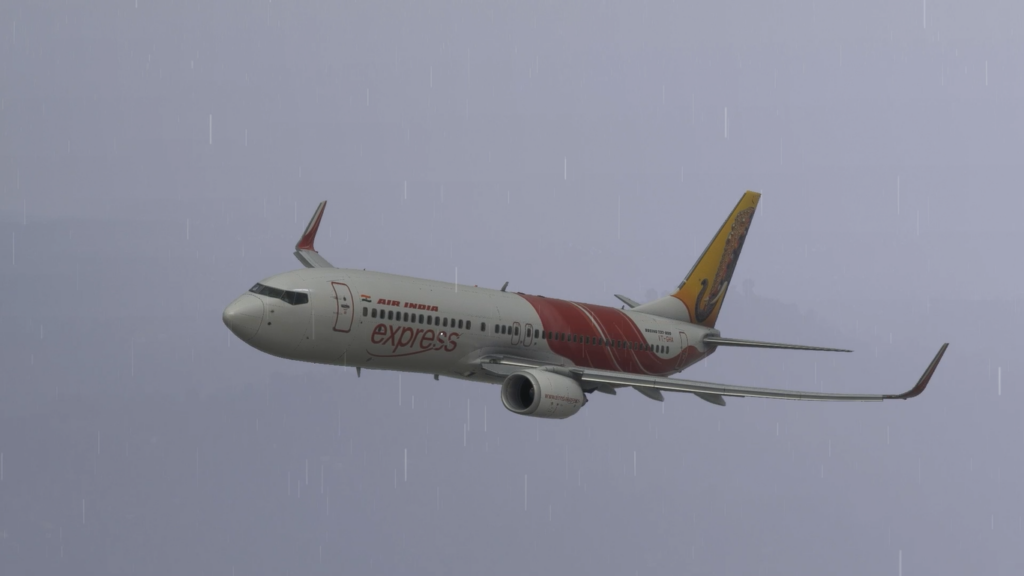
The reason for doing this was the strong winds coming from the front would reduce the speed of the plane after landing by giving a head wind effect. Following its tear drop approach, the plane now slowly comes down and starts moving towards runway 28. When the plane is at a height of about 1800 feet, there is some defect in the windscreen wipers on the captain’s side.(pipers) Due to the windscreen wipers not working in such heavy rain.
The captain is having a lot of trouble seeing the runway and as the plane comes down further, Captain D V Sathe has to cancel the landing due to not being able to see the runway slowly. They take a decision and fly the plane up again and start making another round of the runway. The captain calls the control tower and tells that due to bad weather the visibility of the runway is not good, due to which he has decided to cancel the landing of the plane and take another round of the airport again.
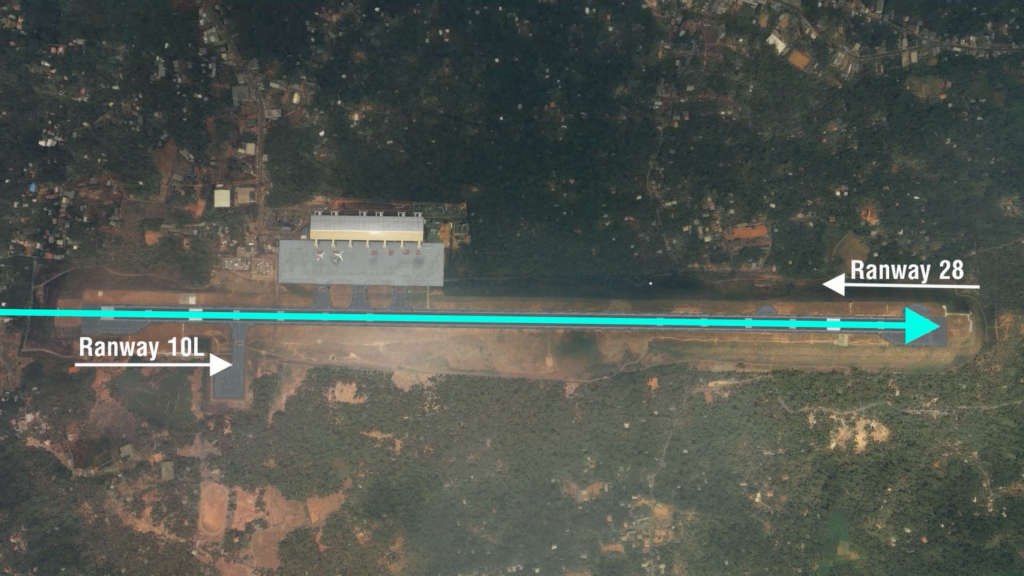
The ATC controller asks the captain whether he would like to land from runway 10 instead of runway 28 this time, then the captain also agrees to land from runway 10 after listening to him. One thing to note here is that while landing on runway 28, the wind coming from the front of the plane was reducing the speed of the plane, the same wind coming from the back of the plane from the side of runway 10 and was about to increase its speed. Air India Express flight proceeds for landing on runway 10, passing through heavy rain and thick clouds.
The captain was still unable to see the runway closely due to heavy rain , overcast clouds and the poor working of the windscreen wiper . We and you probably can’t even imagine how much stress the pilot has to go through while landing in such a condition and take decision very fast. The plane was moving fast towards the runway but due to poor visibility(Fast-forward) , the plane went up from its glide slope. The plane could not land at the start of the runway as it went above the glide slope. The plane was still flying at high speed in the air, about 30 feet above the runway.
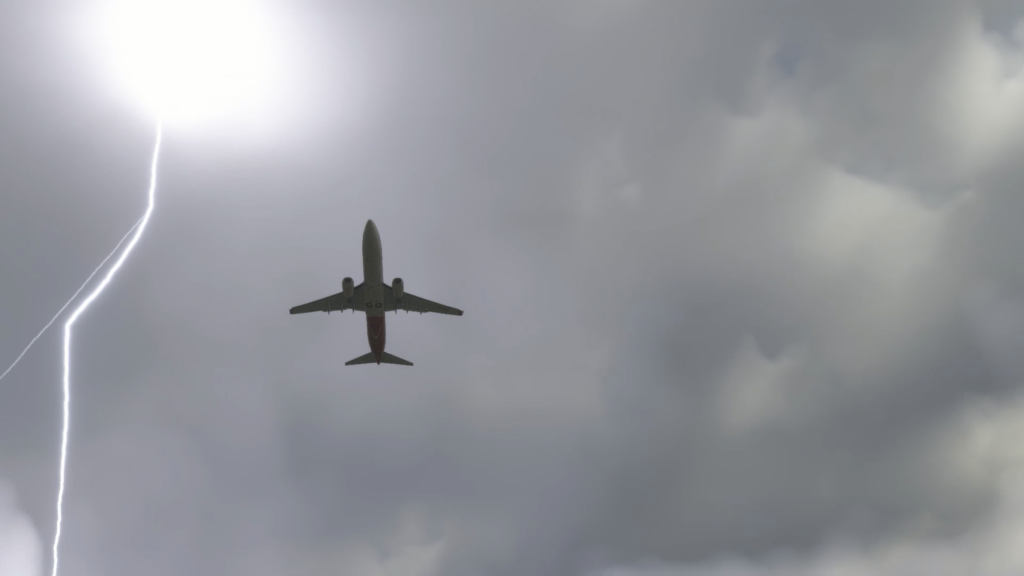
The runway was slowly coming to an end but still the plane’s tires could not touch the runway. Seeing the end of the runway, the first officer panicked and asked the captain to fly the plane up in the air again. But it was too late, after more than half the runway was over, the plane’s tires finally touched the runway. The plane was running towards the end of the runway at a speed of 260 km/h. The captain and the first officer were trying to stop the plane with full force.
And then the same thing happened, which was feared, the plane went straight and fell into the ditch, breaking the lights on the runway and the boundary line.As soon as the plane fell from such a speed and height, many pieces of the plane got broken. Along with both the pilots, 19 passengers sitting in the plane lost their lives in this tragic accident.
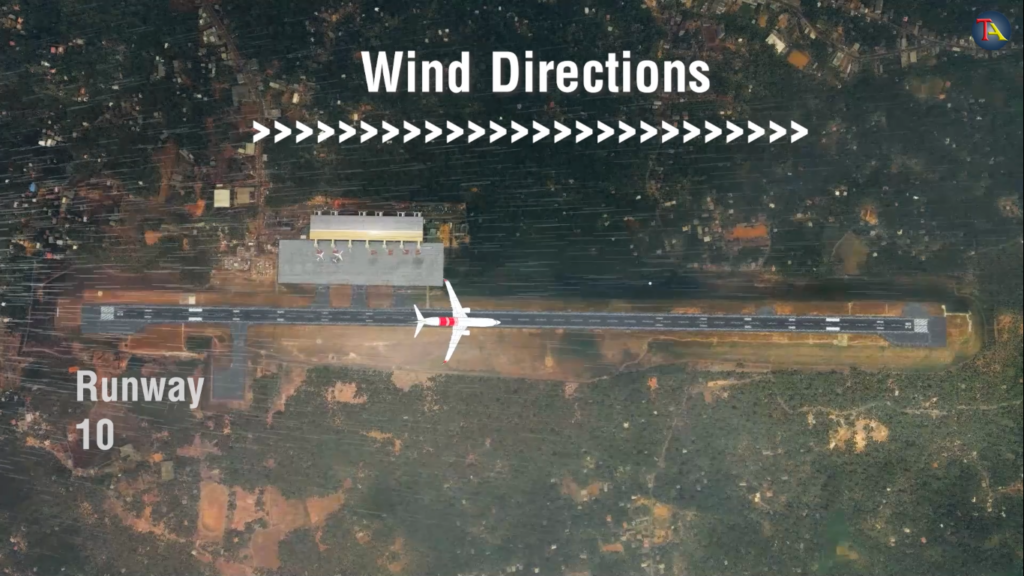
Due to heavy rain and storm, it took some time for the ambulance and airport security services to reach the site of the incident, but by then the people living near the airport had rushed to the spot and the work of taking all the injured to the hospital was started. Within no time the ambulance and security services also reached the spot and the work of rescuing the injured was started quickly.
According to the 2011 report of the Director General of Civil Aviation, Calicut Airport is among the most dangerous airports in India. The Security Committee of the Ministry of Civil Aviation said in its report that the landing of the plane at Calicut airport should be stopped during the rainy season. Immediately after the incident, the Directorate General of Civil Aviation (DGCA) started investigation after recovering the black box and cockpit voice recorder of the plane.
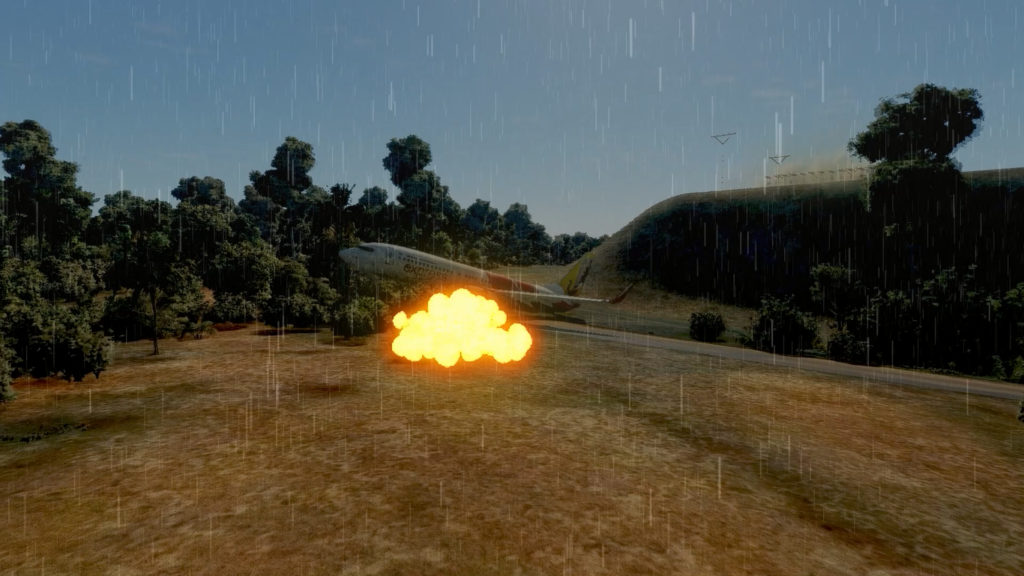
Preliminary investigation found that the speed of the plane was about 360 km/h during the landing at a height of 450 meters and the winds on the runway were also very strong. Due to high speed and being above its glide slope, the plane landed very far on the runway.
Due to the rubber pieces and water present on the runway, the tires of the plane could not hold the runway properly and the plane could not stop after landing. This accident also raised many questions on the safety standards of Calicut Airport and instructions were given to make a lot of necessary changes in airport security.




